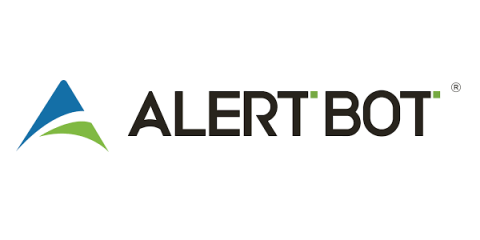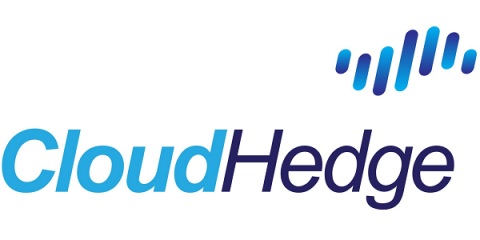Choosing a Website Monitoring Firm? Ask These 5 Questions Before You Buy - Not After
Hey brother, can you spare $5 million? That’s about what Amazon estimates it lost in sales back in 2013, when its website went down for around 40 minutes. For the math junkies out there, that’s $125,000 a minute, or $2,083.33 a second.











